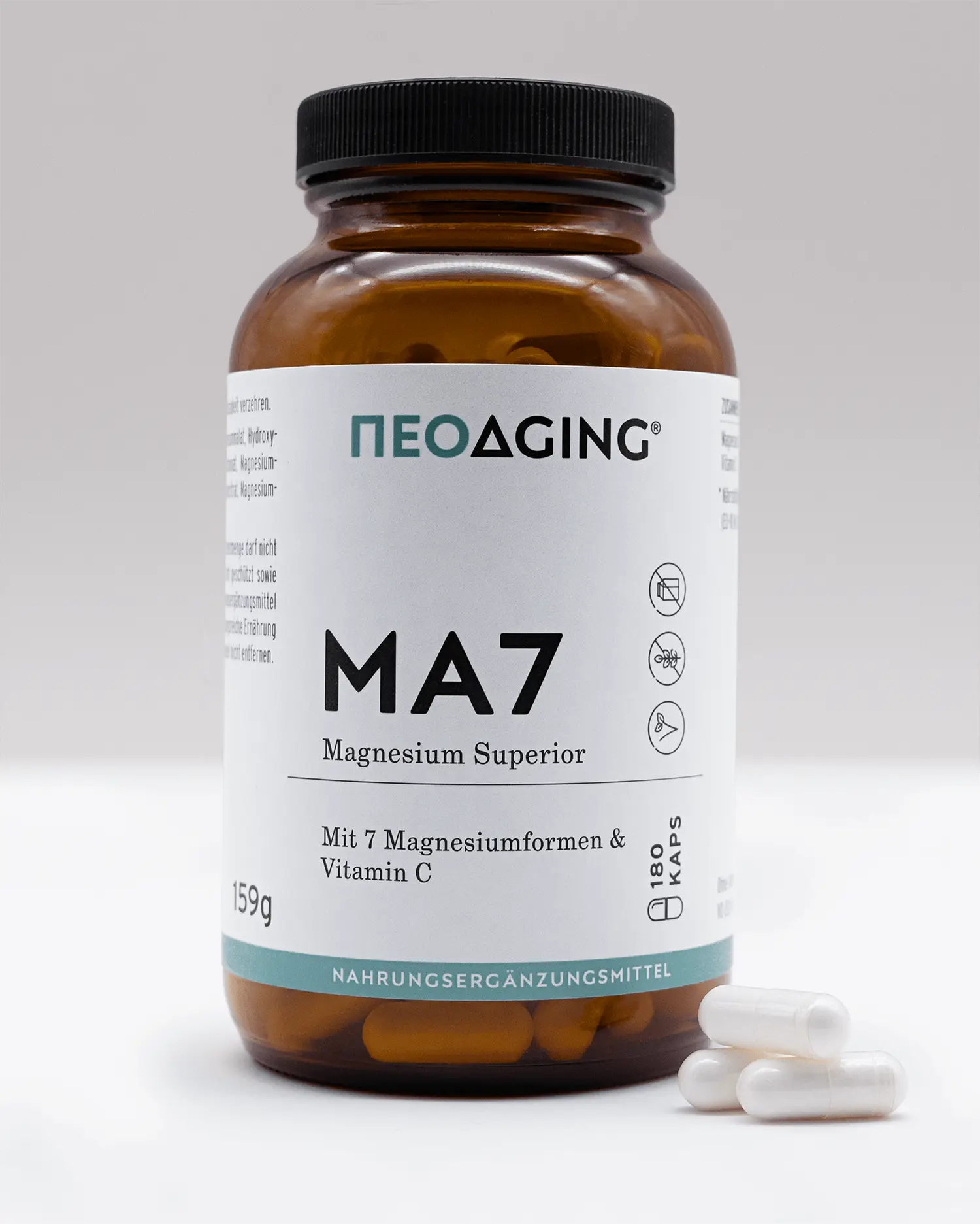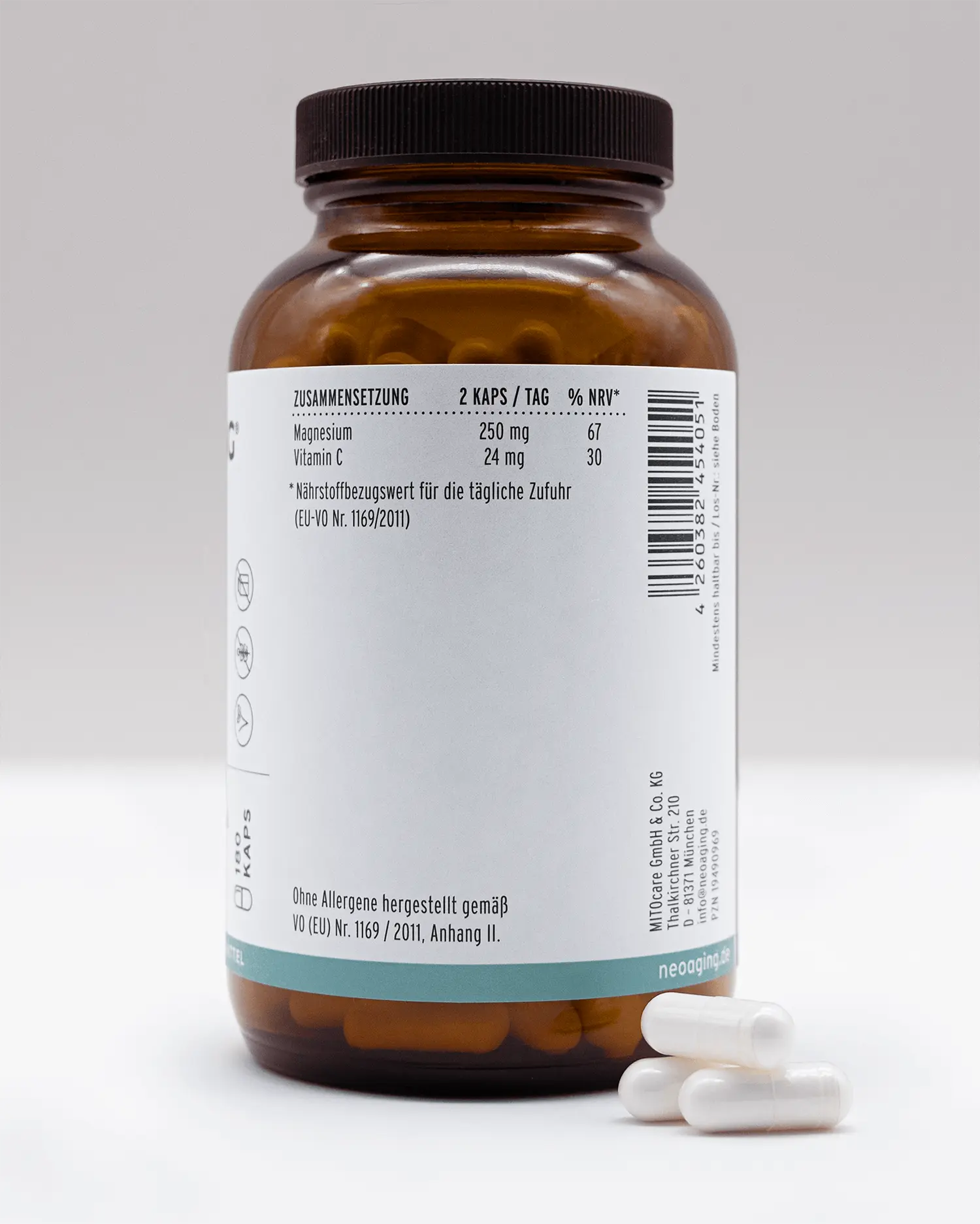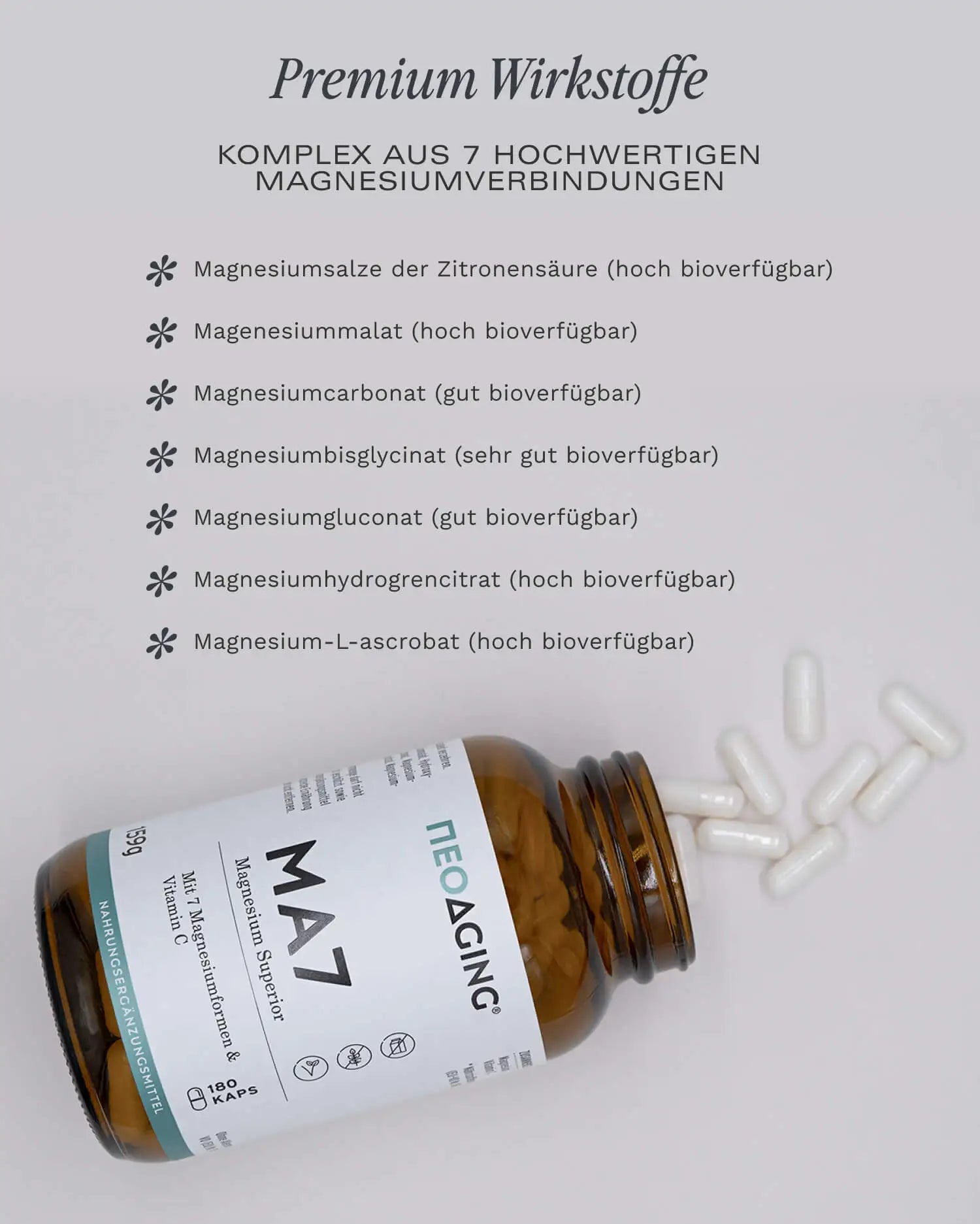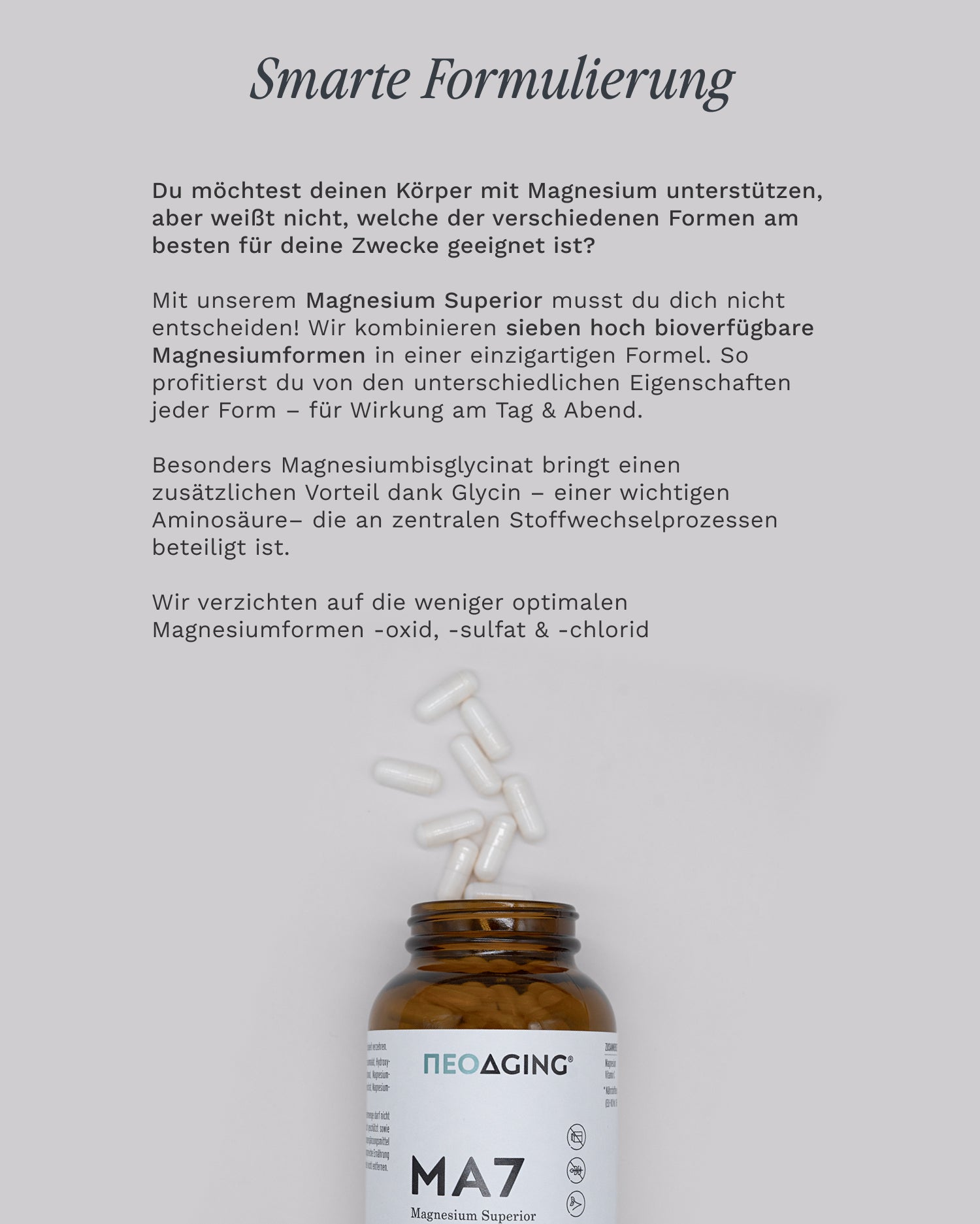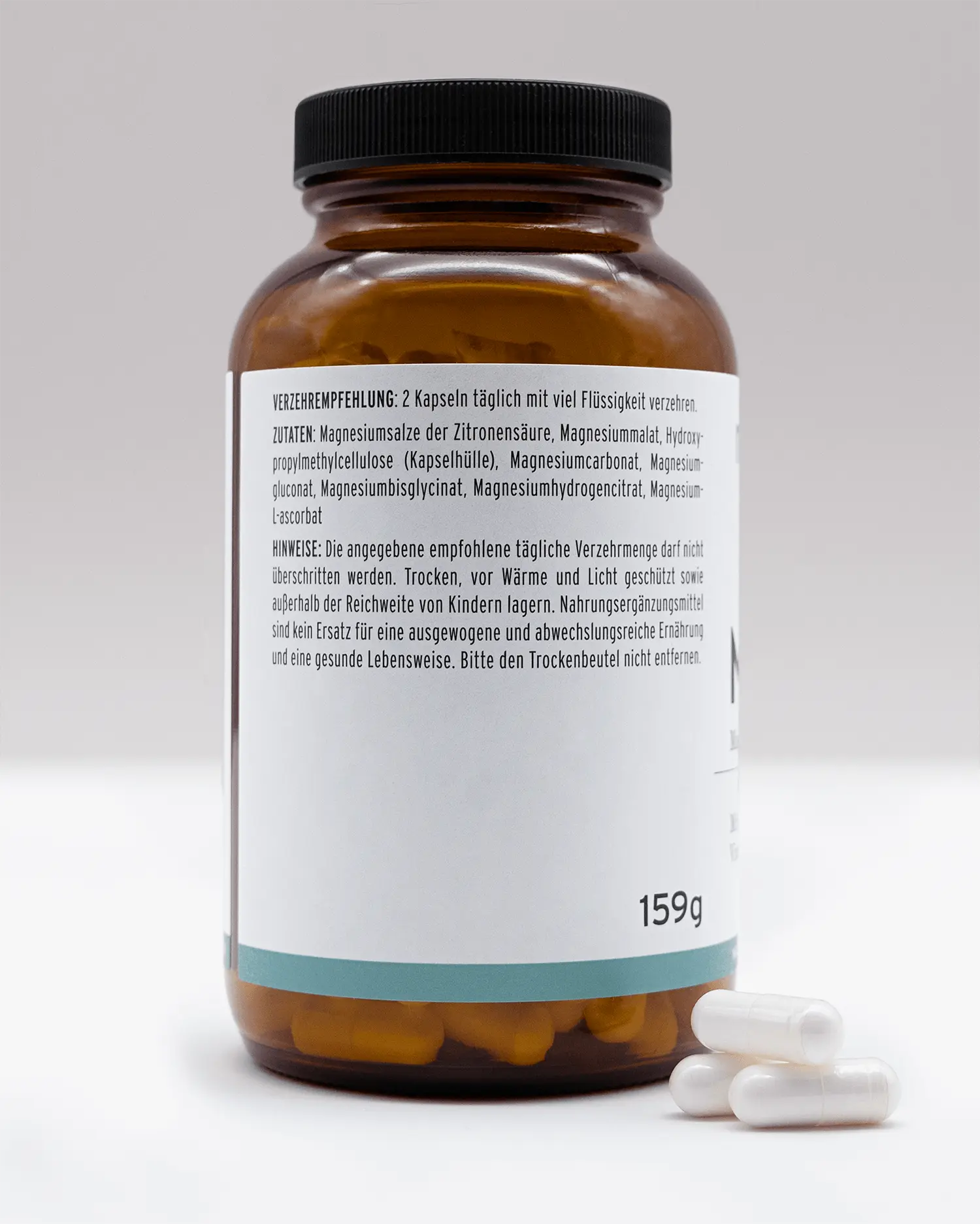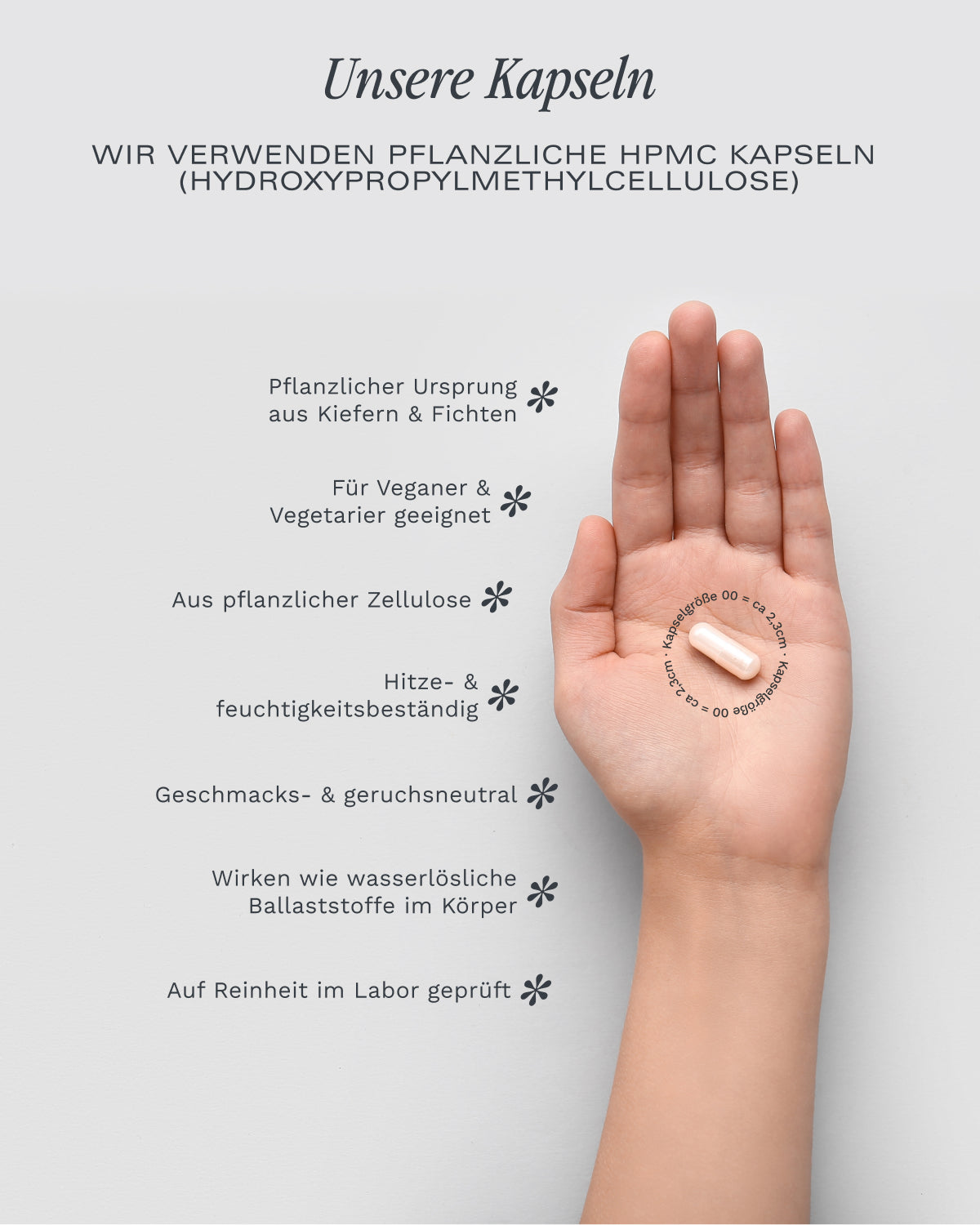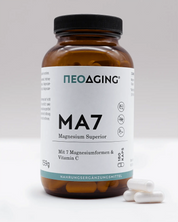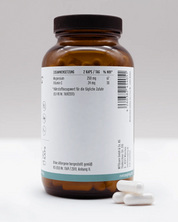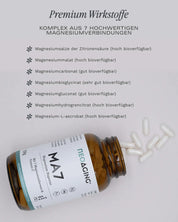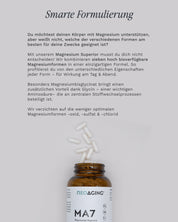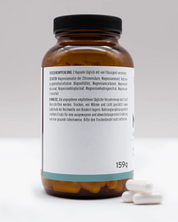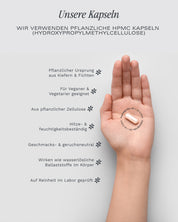Hypomagnesemia, i.e., a low concentration of magnesium in the blood or serum, is relatively common in athletes. An analysis of plasma magnesium concentrations reveals a magnesium deficiency in approximately 20% of athletes, whereas a magnesium loading test can detect a deficiency in over 50% of athletes.¹⁶
Athletes should therefore pay attention to signs such as decreased performance, muscle cramps, tingling in the hands and feet, muscle weakness, tremors, and cardiac arrhythmias in order to detect a magnesium deficiency in a timely manner and correct it accordingly.¹⁷
Good sources of magnesium for athletes include whole grain products, wheat bran, and oatmeal, as well as various kernels and seeds, including almonds, sunflower seeds, pumpkin seeds, flaxseed, and sesame. Coffee, tea, cocoa powder, and dark chocolate are also rich in magnesium, as are legumes such as kidney beans, soybeans, lentils, and peas.
Green leafy vegetables such as chard and spinach, as well as potatoes, berries, oranges, and bananas, also provide the body with valuable magnesium. Animal foods with a comparatively high mineral content include milk and dairy products, liver, poultry, and fish and seafood.¹⁸ Magnesium-rich mineral water is also available.


